Marie had already visited Picasso in his Grands Augustins studio the first times she bought some of the artist's works. They were to develop a true friendship that would last up until the painter's death. Picasso, of whom she admired "the sober intelligence, the acuity, the somewhat secret humor and the generosity," was also very fond of Henri Laugier, another one of his collectors. Picasso was interested in Marie's project, closely following the results she had obtained with Georges Rouault's pieces. Eventually, a collaboration developed over the years: Minotaure, a cartoon drawn in 1928, was woven in 1935. It was followed by Confidences, painted in 1934 (one tapestry of which was purchased by Albert C. Barnes and another by Helena Rubinstein), and by La Fermière (also known as Femme aux pigeons), a large drawing from 1930 that was not woven until 1955, along with close to ten other cartoons with a variety of subjects.
At the beginning of their collaboration, Picasso gave Marie paintings to work from. But as they perfected the production process, he made pieces specifically for her, which can be considered tapestry cartoons in terms of the technique involved: collages using wallpaper conceived for decorating walls. Confidences was woven in Aubusson. Femmes à leur toilette, designed for Marie in 1938 (undoubtedly the largest of Picasso's pasted paper pieces) was produced almost thirty years later at the Gobelins factory. It is currently held at the Musée Picasso in Paris. Picasso seemed to derive real pleasure from preparing these cartoons, which enabled him to revisit the experimental techniques he had pursued in the 1910s, particularly with Braque. His unusual talent as a handyman, for trying out all sorts of new variations, enabled him to occasionally solve particularly difficult challenges such as the small assemblages that had been the true essence of his first pasted paper works.
Over time, even the most demanding and meticulous artists were drawn in by the precision and quality of the production work. The dynamic yet discreet personality of this determined woman did the rest.
Braque and Matisse joined in. She wrote to the latter on November 20, 1935: "Yesterday I received the magnificent tapestry project, which filled me with such joy that I can hardly describe it. So beautiful, with such intense light and fragrances!"[1] Later on, Fernand Léger, whose work Henri Laugier also collected, Raoul Dufy, one of Marie's favorite artists, and Lucien Coutaud, whom she met through Rose Adler, all came on board.
[1] Dominique Paulvé, op.cit.
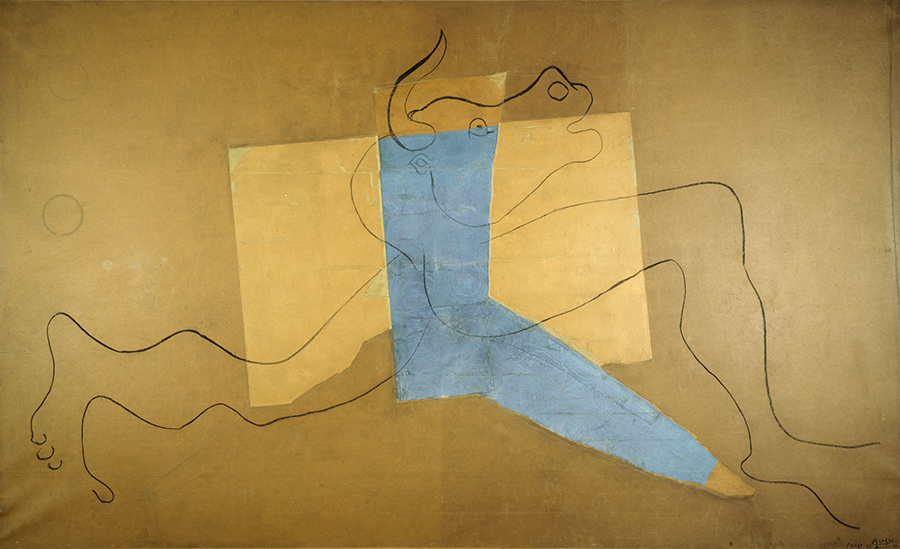

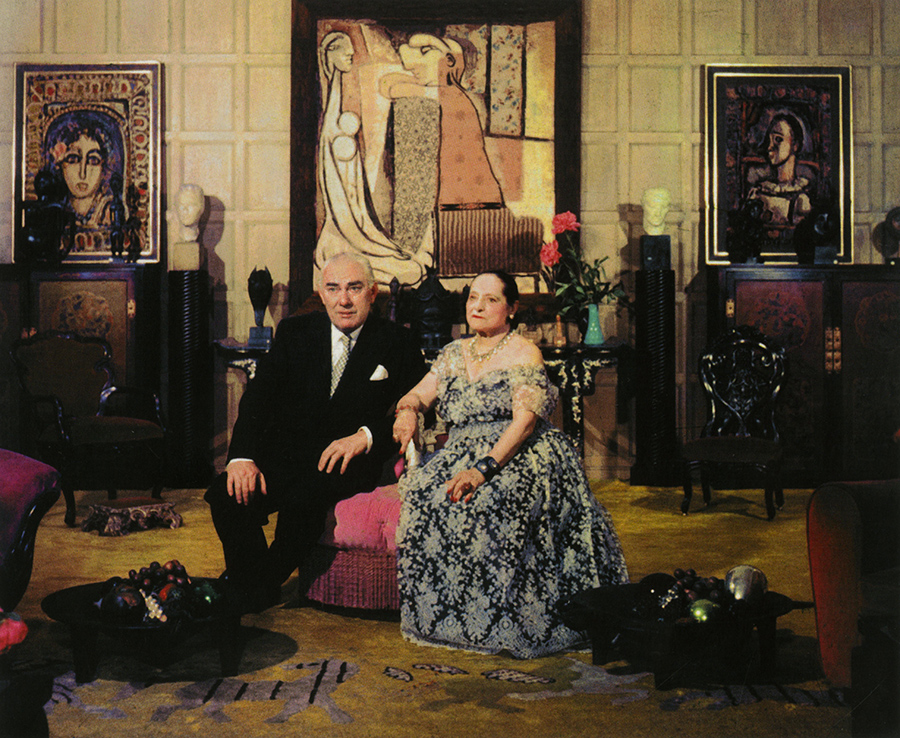
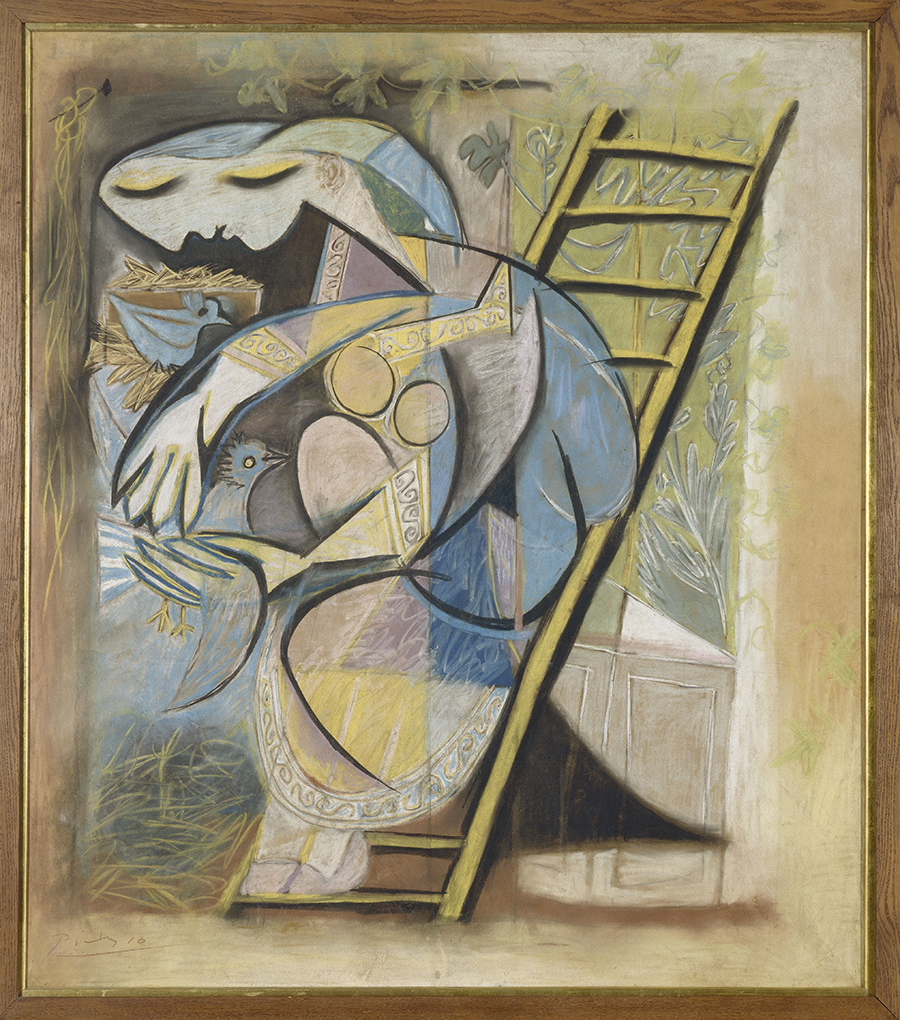
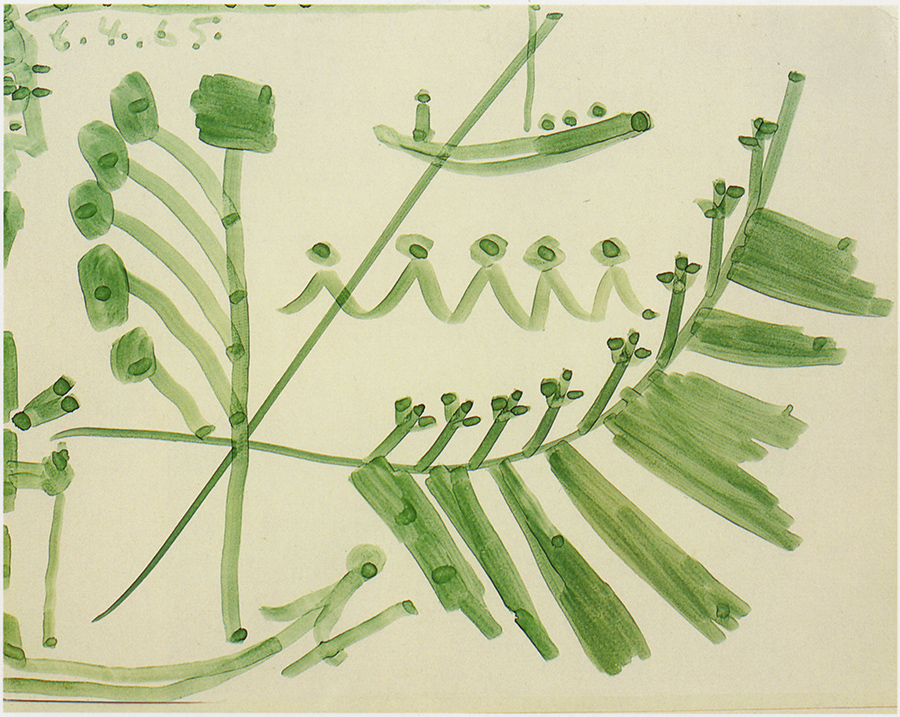
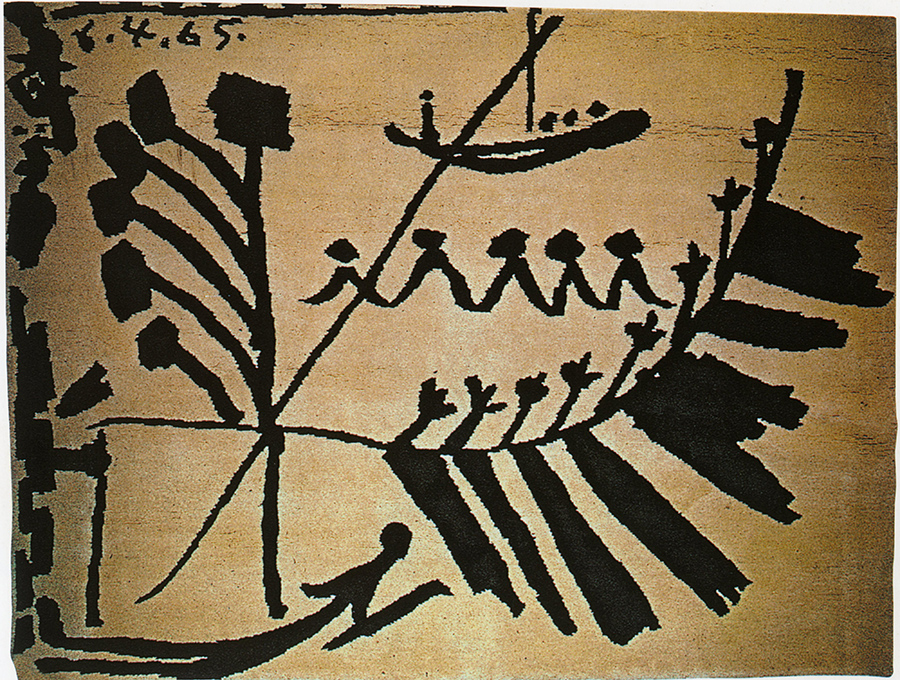
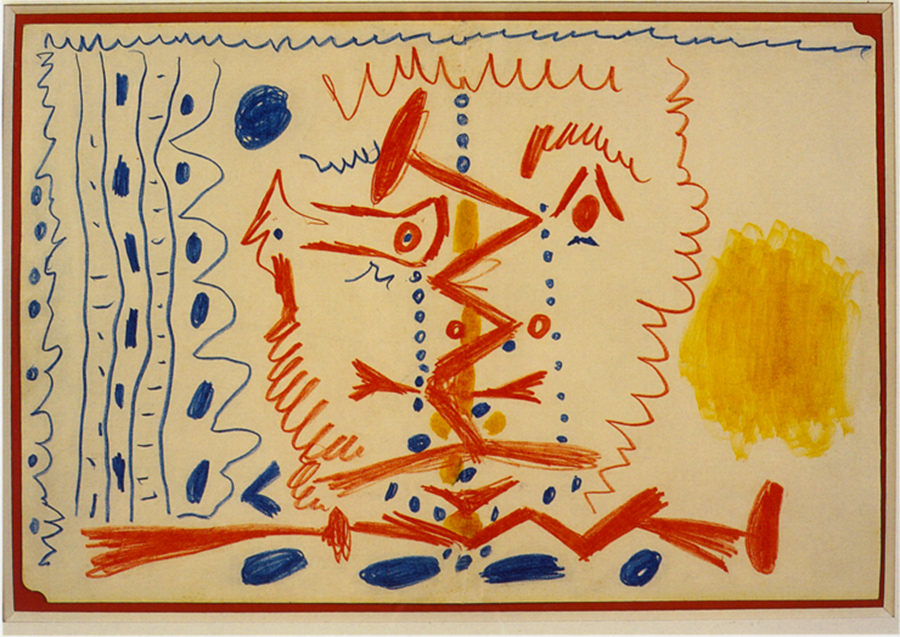
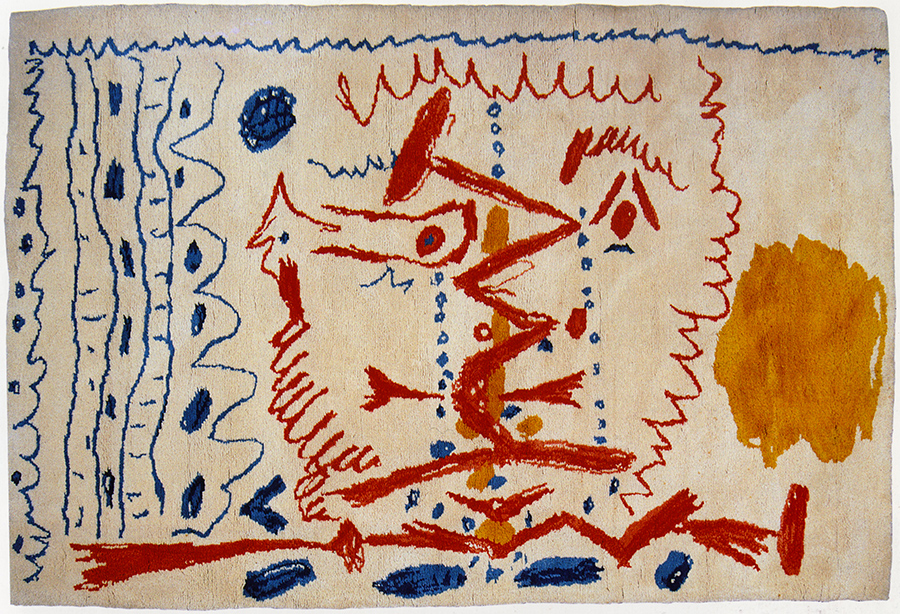
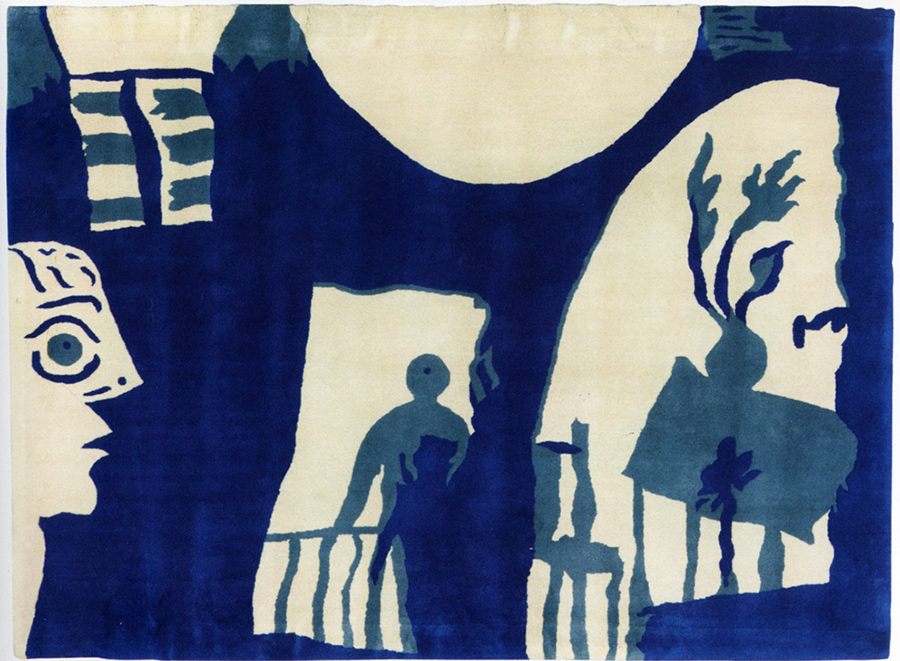
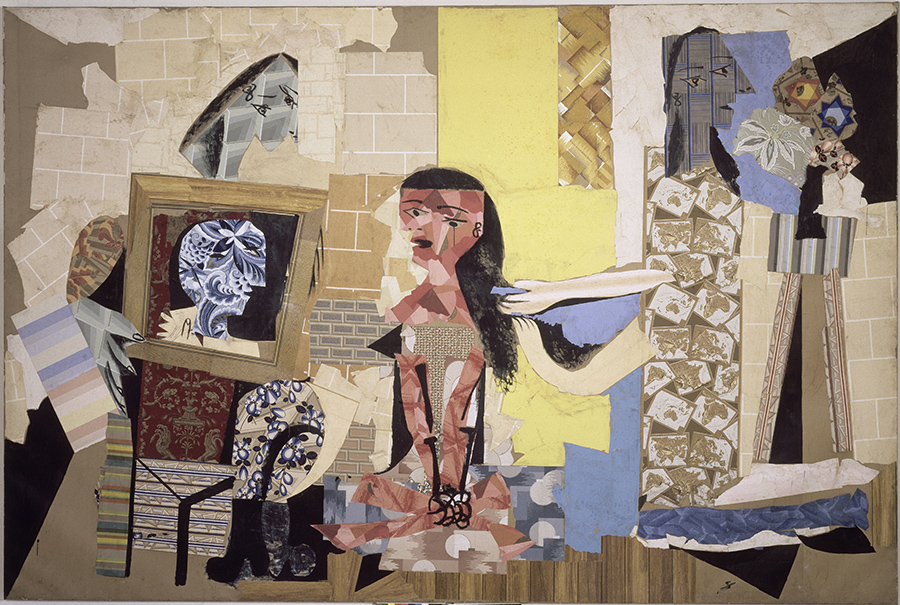
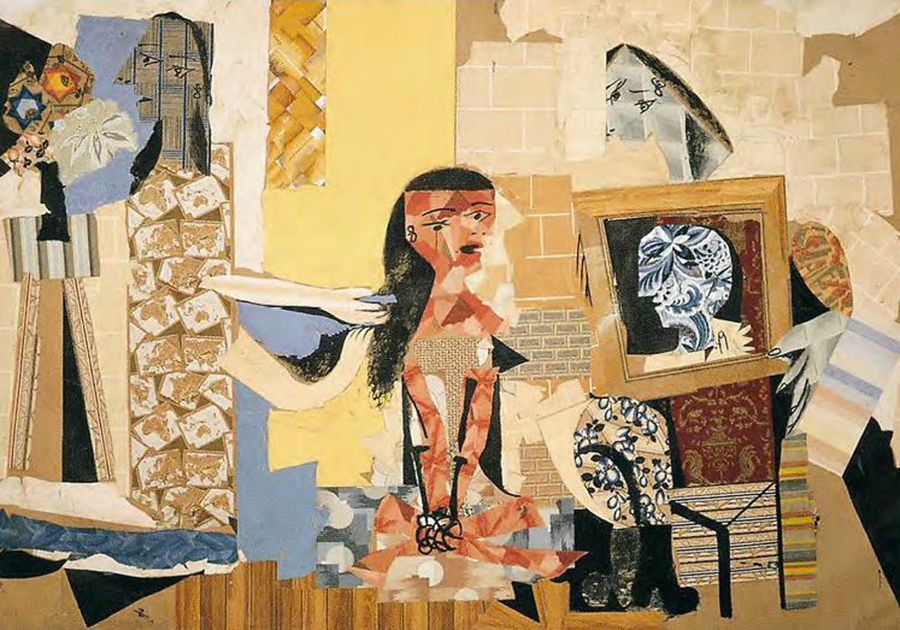




 Summary
Summary